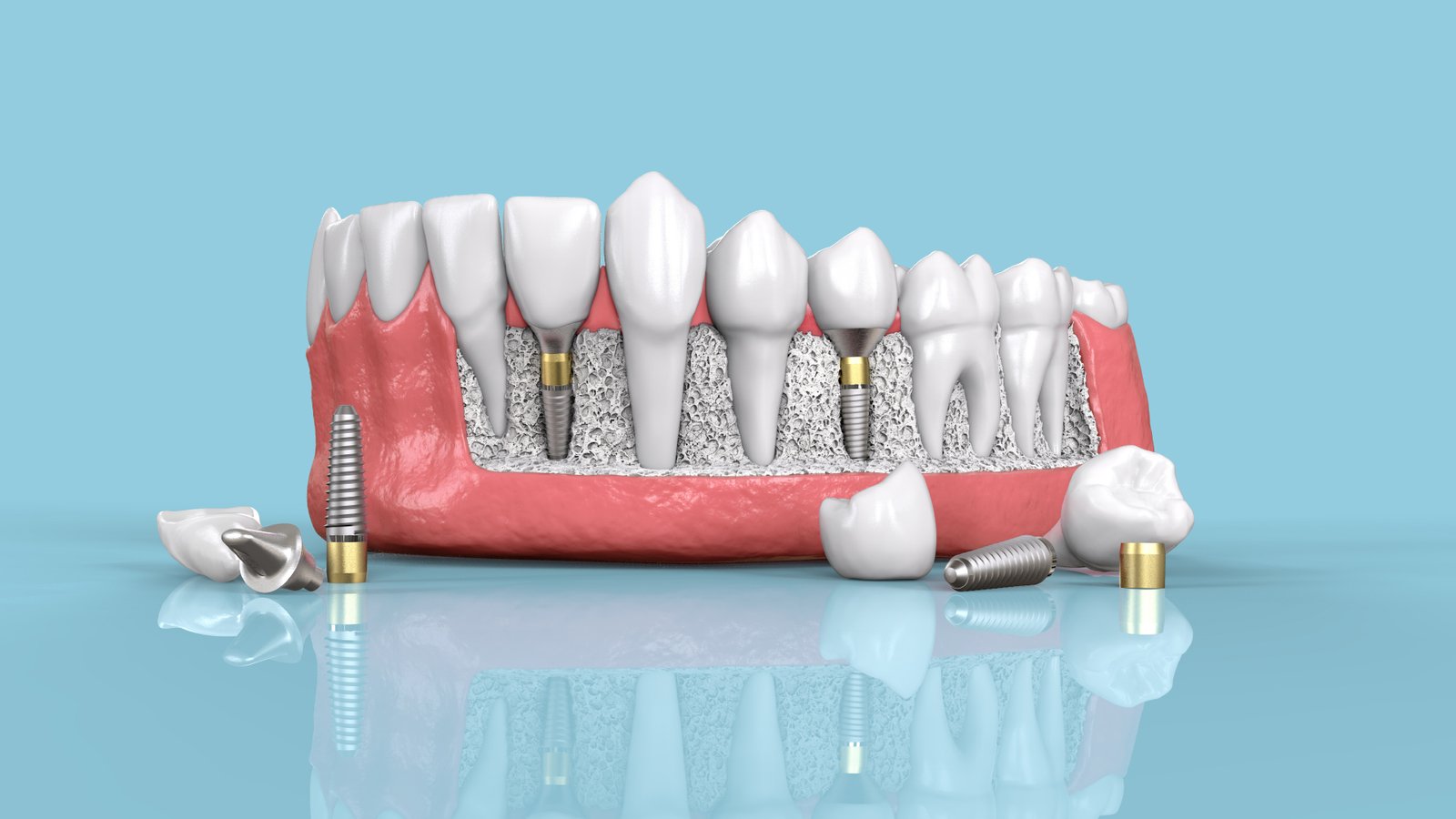
A Comprehensive Guide to Dental Implants: Types, Procedures, and Benefits!
A Comprehensive Guide to Dental Implants: Types, Procedures, and Benefits!
Dental implants are a popular solution for missing teeth. They look and function like natural teeth, providing a strong foundation for replacement teeth. In this blog, we'll cover what dental implants are, the different types, the procedure, and other important details.
What Are Dental Implants?
Dental implants are artificial tooth roots made of titanium. They are placed into the jawbone where teeth are missing. Over time, the bone grows around the implant, securing it in place. This creates a stable base for attaching a crown, bridge, or denture, which will look and act like a natural tooth.
Types of Dental Implants
There are three main types of dental implants:
- Endosteal Implants: These are the most common type. They are shaped like small screws and are placed directly into the jawbone. Once the surrounding gum tissue has healed, a second surgery is needed to attach a post to the original implant. Finally, an artificial tooth is attached to the post.
- Sub-periosteal Implants: These are used when there is not enough healthy jawbone to support an endosteal implant. Instead of being placed into the jawbone, they sit on top of it but under the gum. A metal frame is placed under the gum with a post attached to it. The gum heals around the frame to hold it in place. The artificial tooth is then attached to the post.
- Zygomatic Implants: These are the least common and are used when the jawbone is not suitable for other types of implants. They are placed in the cheekbone instead of the jawbone.
The Dental Implant Procedure
The process of getting dental implants involves several steps and can take a few months:
- Initial Consultation: The dentist examines your mouth and takes X-rays to determine if implants are suitable for you.
- Implant Placement: The dentist surgically places the implant into the jawbone. This step is usually done under local anesthesia.
- Osseo integration: This is the healing period where the bone grows around the implant, which can take several months.
- Abutment Placement: Once the implant is stable, the dentist attaches an abutment (a small connector post) to the implant.
- Artificial Tooth Attachment: Finally, the dentist attaches a custom-made crown, bridge, or denture to the abutment.
Benefits and Considerations
Dental implants offer many benefits:
- They look and feel like natural teeth.
- They improve speech and comfort compared to dentures.
- They are durable and can last many years with proper care.
- They prevent bone loss in the jaw.
However, there are some considerations:
- The procedure can be costly.
- It requires a healthy jawbone and gums.
- It involves a longer healing time compared to other tooth replacement options.
In conclusion, dental implants are an excellent option for replacing missing teeth. They provide a permanent solution that looks and functions like natural teeth. If you are considering dental implants, consult with your dentist to determine if they are the right choice for you.
